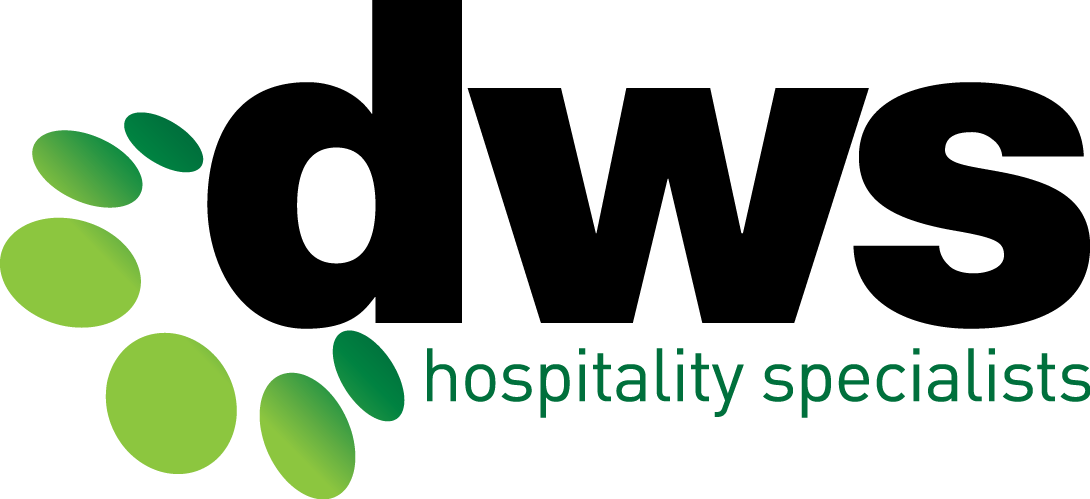
Qantas Frequent Flyer members think of their air miles as a right rather than a reward, which triggered a backlash when the airline decided to revamp their rewards program recently. The fact that your customers are upset is not a bad thing – it means your program has real value and that’s a great place to be.
In the Qantas case, customers will now earn points based on their ticket class rather than the distance flown. Qantas sent an email to its 9 million Frequent Flyer members outlining the revamp, and assuring them they would not affect current points balances, or the way points are earned with airline partners.
The email states that ‘‘it’s all about creating a fairer, more simplified program, designed to align the number of Qantas points and status credits you earn more closely with the fare you pay, where you fly and the airline you choose.’’
Sound familiar?
Perhaps it was simply bad timing with the recent axing for 5,000 jobs, an $800m loss and rumours circulating that a rewards revamp was imminent, it didn’t assist in curbing the backlash from both customers, competitors and the media. But when is a good time to announce you’re reining in decades of increasingly unmanageable contingent liabilities?
In fact, much of the criticism has been from those aggrieved about the winding back of benefits for those flying in the cheapest seats, indicating that the changes are spot on target in doing more to reward the loyalty of those buying full price or near-full price seats in economy, business and first class. This is starting to sound very familiar.
One of the challenges in any rewards scheme is ensuring those customers who are most loyal to you are rewarded accordingly. Most businesses will agree that 80% of their revenue will come from 20% of their customers, however we continue to see a flat line approach and quite often it is the squeaky wheel that gets most of the attention.
1. How do you communicate changes?
Most venues would be managing a database of approx. 20,000 members however of those members, approx. 25% would be active users, therefore any changes may directly affect up to 5,000 people. We are creatures of habit, and most of us only like surprises that are pleasant or rewarding, give us the latter and we feel embarrassed, confused and unsure. A one stop communications campaign is sure to fail as customers should be segmented based on levels and communications introduced to reach all levels in an appropriate way.
Those most frequent members who account for the 80% of revenue should be consulted in a personal manner either by way of focus groups or direct contact. It is not feasible to do this with all 5,000 of your active members so a more general communication may be welcome, however prior to any changes it is critical to seek customer feedback to ensure you gain some buy-in from your market prior to announcing any changes. Something our friends at Qantas might have missed.
2. When is the right time to communicate changes?
There is never a good time to tell your customers they are going to lose rewards or those rewards are going to be harder to achieve, however a multi layered campaign should be introduced. Timing is important when announcing any changes and a well prepared strategy will allow you to be flexible enough if things turn sour (eg. Qantas’ internal memo stating the reduction of a number of senior managers leaked to the public during the campaign).
Preparing for some negative backlash (which you can guarantee will happen) is made all the worse when misinformed information is circulating. Have a strategy to ensure you have prepared the soil before you plant any seeds.
3. How do you control the liability?
Continual changes are required, pre-planning is vital to ensure the liability does not get out of hand. Anticipation and forward planning is critical, however you must ensure your program design is not a ‘copy and paste’ of the next company. Your markets are different, your customers are unique and your venue needs to be different. A solid program design (regular redemptions and aging of rewards) will ensure your reward liabilities are minimised and you are not making similar announcements in the future.
4. How should you reward?
Many venues struggle to grasp giving customers external means of spending rewards. We often hear “why would I give them rewards that they can’t spend with me?”. For many, a reward is a justification for spending their hard earned dollar – I bought that coffee, but I get a free one next time…..I bought the kids those toys, but I got a discount on their school shoes!
The concept of “well I lost today but I did win ….” means the smarter venues who are striving to add real-world value to their customers will start to offer local, external value to assist customers to justify their visitation. If managed correctly, venues can ensure their margins are covered whilst giving the customer a real reward. Give a little, get a lot.
5. How do you manage criticism?
Qantas unfortunately has suffered from their well-established legacy, something all good loyalty programs come to face at some point in time. Managing criticism from your members is inevitable (and sometimes from your competitors too – take a look at TigerAir’s ‘Infrequent Flyer’ parody), provided you have made some solid attempts at engaging the market to talk about the program and source credible feedback. The loudest members are not your greatest concern. It’s the quiet ones in the corner simply taking their loyalty elsewhere that you need to be positioned to capture.
Any good communication strategy following your major ‘public’ announcement will include further strategic communications to educate, inform, engage and excite your members. Dealing with criticism is more about listening so set up the channels to be able to do this prior – whether it’s a dedicated social media channel, live chat times with your members to field Q&As, empowering floor staff and customer service officers and generating some positive publicity in the local community will assist in combatting criticisms. Remind them how you are loyalty to your customers.
6. Isn’t Reward and Loyalty the same thing?
The two terms you need to be aware of and both have a place in your program; Rewards and Loyalty. Rewards refer to the instant attention we give customers that spend their share of wallet with you. It’s the ‘buy five coffees and get one free’, the ‘spend over $20 and get $5 off your next purchase’ – instant and designed to drive behaviour and spend.
Loyalty refers to the recognition and relationship built with your customer over time and delivering an experience that they value. We’re talking about the customer that visits every Tuesday and has done so for the last 10 years but doesn’t qualify for a $50 voucher based on their monthly spend.
Having a hybrid reward/loyalty program has almost become essential in today’s competitive environment, however it’s not a brochure that sits on the reception desk gathering dust.
DWS have studied many loyalty programs and assisted venues in creating market leading products. If you would like a review of your current program or advice on starting a new one, please contact the team at DWS on 07 3878 9355 or email us at info@dws.net.au.




